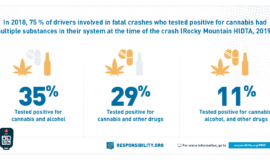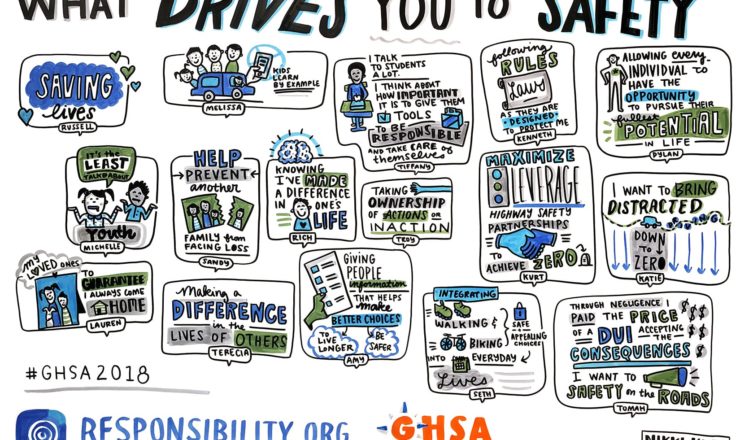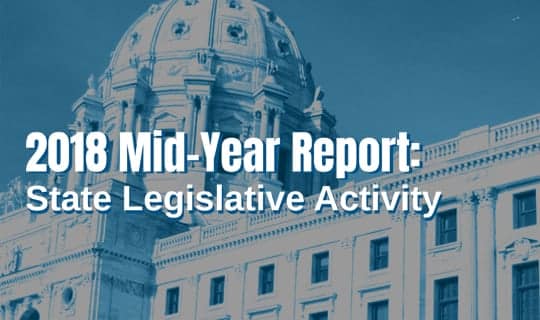High Visibility Enforcement
Law enforcement agencies routinely utilize general deterrence strategies. If drivers perceive there to be a high probability that they will be detected and arrested, it is more likely that they will be deterred from engaging in drunk driving behavior. The reason that High Visibility Enforcement (HVE) strategies work well is because they counter drunk drivers’ beliefs that they can avoid detection.
Research shows that in order to be effective, enforcement activities must be:
- well planned;
- properly executed;
- highly visible; and,
- sustained for substantial periods of time.
These deterrent strategies must also be complemented by aggressive, timely, and complementary public information campaigns.
Responsibility.org supports the use of HVE to reduce impaired driving. We believe that these comprehensive enforcement efforts should be utilized strategically in areas with a high occurrence of impaired driving crashes or fatalities. Read our complete policy position here.
Additional resources:
High Visibility Enforcement (HVE) Toolkit (NHTSA)
Effective Strategies to Reduce Impaired Driving: Sobriety Checkpoints (TIRF)
Sobriety Checkpoint Laws (GHSA)
















